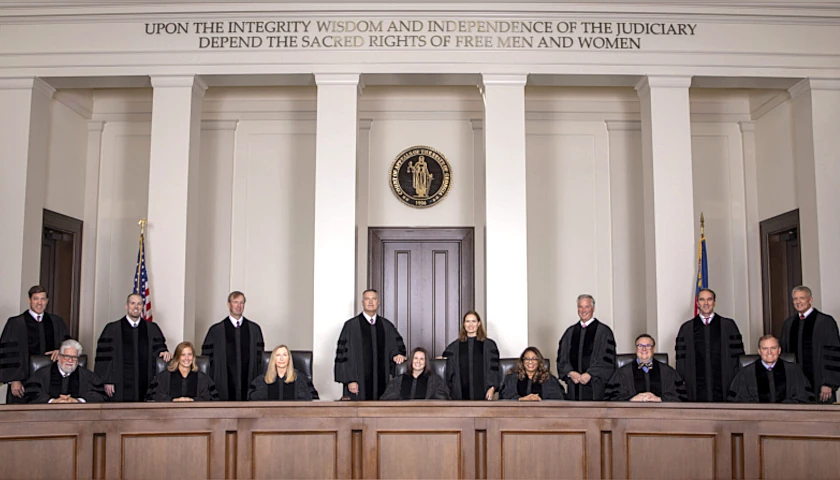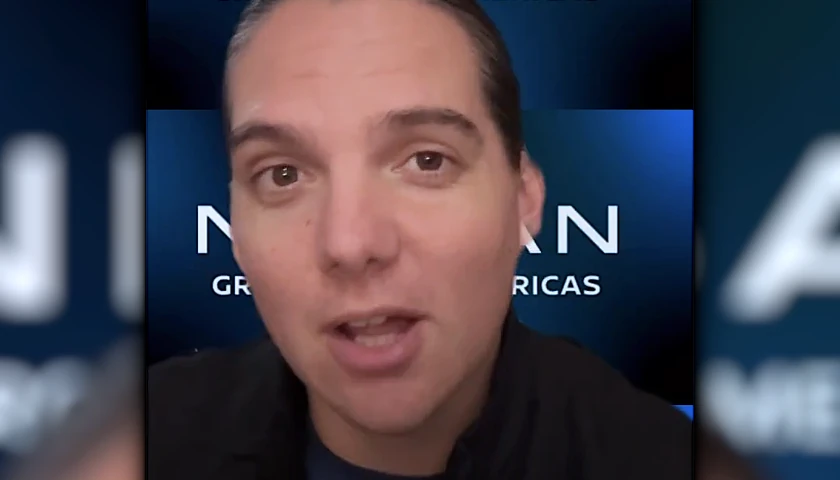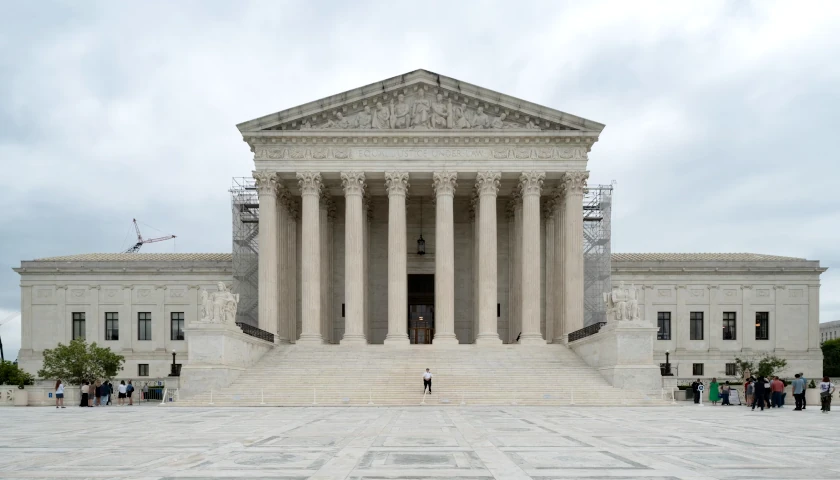Quanta Magazine
When Daniel Larsen was in middle school, he started designing crossword puzzles. He had to layer the hobby on top of his other interests: chess, programming, piano, violin. He twice qualified for the Scripps National Spelling Bee near Washington, D.C., after winning his regional competition. “He gets focused on something, and it’s just bang, bang, bang, until he succeeds,” said Larsen’s mother, Ayelet Lindenstrauss. His first crossword puzzles were rejected by major newspapers, but he kept at it and ultimately broke in. To date, he holds the record for youngest person to publish a crossword in The New York Times, at age 13. “He’s very persistent,” Lindenstrauss said.
Still, Larsen’s most recent obsession felt different, “longer and more intense than most of his other projects,” she said. For more than a year and a half, Larsen couldn’t stop thinking about a certain math problem.
It had roots in a broader question, one that the mathematician Carl Friedrich Gauss considered to be among the most important in mathematics: how to distinguish a prime number (a number that is divisible only by 1 and itself) from a composite number. For hundreds of years, mathematicians have sought an efficient way to do so. The problem has also become relevant in the context of modern cryptography, as some of today’s most widely used cryptosystems involve doing arithmetic with enormous primes.
Over a century ago, in that quest for a fast, powerful primality test, mathematicians stumbled on a group of troublemakers — numbers that fool tests into thinking they’re prime, even though they’re not. These pseudoprimes, known as Carmichael numbers, have been particularly difficult to grasp. It was only in the mid-1990s, for instance, that mathematicians proved there are infinitely many of them. Being able to say something more about how they’re distributed along the number line has posed an even greater challenge.













0 Comments